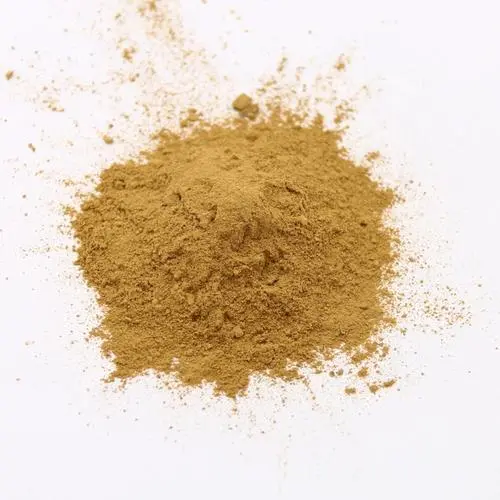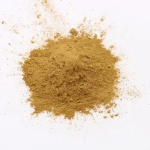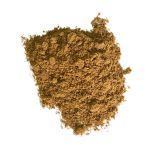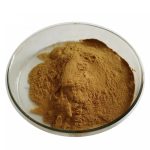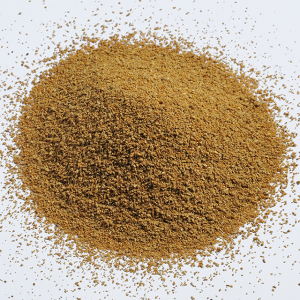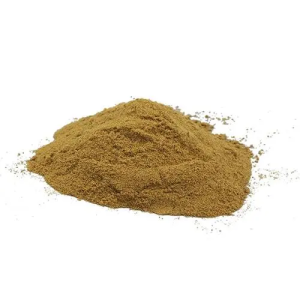Organic Beer Yeast: The Natural Engine of Sustainable Animal Farming
In the evolving landscape of modern animal agriculture, organic beer yeast is no longer a mere alternative—it’s emerging as a strategic cornerstone. This naturally fermented marvel, known for its trifecta of natural nutrition, immune modulation, and environmental harmony, is redefining what it means to farm green.
Raw material composition
Cereal by-products, cake, molasses, yeast metabolites
| Crude Protein≥ |
Crude Fiber≤ |
Coarse ash≤ |
Organic Acid≥ |
Acid soluble protein≥ |
pH≤ |
Moisture≤ |
Manno-oligosaccharide≥ |
| 18.0 |
12.0 |
6.0 |
3.0 |
7.0 |
5.0 |
12.0 |
2.0 |
Whether it's used in antibiotic-free livestock diets, organic poultry operations, or high-density aquaculture, its impact is both profound and multi-layered.
For laying hens, inclusion in feed often translates into higher egg yield, firmer shells, and richer yolk pigmentation.
In broilers, the story shifts—expect a leaner carcass profile and a better feed conversion ratio.
Meanwhile, sows benefit from improved milk production when supplemented pre-partum, with piglets showing higher weaning weights as a direct consequence.
But the influence doesn’t end with land animals. In the realm of shrimp and crab farming, organic beer yeast plays a pivotal role—stimulating appetite, improving seedling viability, fostering beneficial algae blooms, and stabilizing aquatic ecosystems.
Nutritionally, it’s packed: proteins, essential amino acids, B-complex vitamins, active enzymes, and natural growth factors form its foundation.
Functionally, it reshapes the gut microbiome, limiting the proliferation of harmful pathogens such as Escherichia coli and Salmonella.
On the immune front, β-glucans and manno-oligosaccharides act as potent enhancers of defense mechanisms.
And when it comes to sustainability, it shines—cutting down ammonia output, creating cleaner environments, and slashing feed costs by partially replacing fish meal.
This is not just feed—it’s a revolution quietly unfolding inside every trough, tank, and pasture.
 Animal Feed Yeast-Yeast culture manufacturers
Animal Feed Yeast-Yeast culture manufacturers
